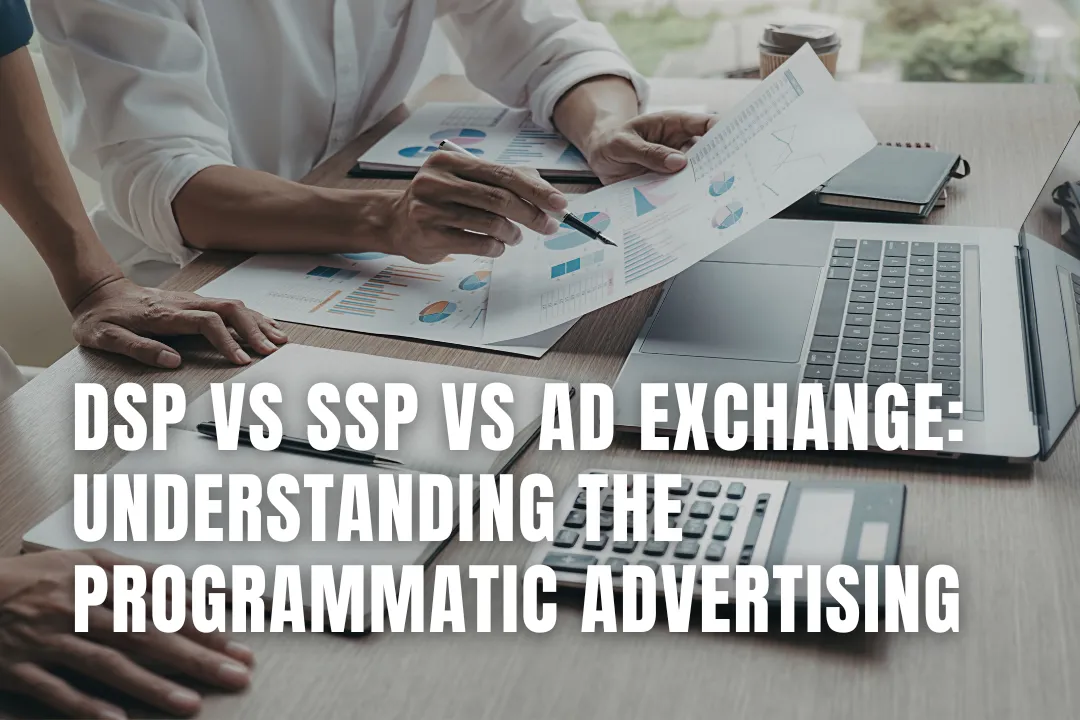
Programmatic advertising operates through a complex network of interconnected platforms that facilitate automated ad buying and selling. Three core components form the foundation of this ecosystem: demand-side platforms, supply-side platforms, and ad exchanges. Understanding how these systems interact determines your success in programmatic advertising campaigns.
Each platform serves distinct stakeholders with different objectives and operational requirements. Advertisers seek efficient ad buying tools, while publishers need revenue optimization solutions. Ad exchanges provide the technological infrastructure that connects buyers and sellers in real-time auctions.

Demand-side platforms serve advertisers and agencies by providing tools to purchase ad inventory across multiple sources through automated bidding. These platforms aggregate inventory from various ad exchanges and supply-side platforms, enabling buyers to access diverse publisher websites through a single interface.
DSPs offer sophisticated targeting capabilities that allow advertisers to reach specific audience segments based on demographic, behavioral, and contextual factors. Campaign management features include bid optimization algorithms, frequency capping controls, and real-time performance monitoring. Most platforms also provide creative management tools and detailed reporting dashboards.
The primary value proposition lies in efficiency and scale. Instead of negotiating individual deals with hundreds of publishers, advertisers can execute campaigns across thousands of websites through programmatic buying. This approach reduces manual work while enabling precise audience targeting and budget optimization.
Supply-side platforms help publishers maximize revenue from their ad inventory by connecting them with multiple demand sources simultaneously. These platforms automate the process of selling ad space and optimize pricing through real-time auction mechanisms.
Publishers use SSPs to manage their ad inventory across different formats, including display banners, video slots, and mobile placements. The platforms provide yield optimization tools that automatically adjust floor prices based on historical performance and market demand. Header bidding integration allows multiple demand partners to compete for inventory simultaneously.
Revenue optimization represents the core benefit for publishers. SSPs analyze demand patterns and adjust pricing strategies to maximize earnings from available inventory. Advanced platforms also provide audience insights and content recommendations that help publishers attract premium advertisers.

Ad exchanges function as digital marketplaces where buyers and sellers meet to trade advertising inventory. These platforms facilitate real-time auctions that occur within milliseconds as users load web pages. Each impression gets evaluated and priced based on available audience data and campaign targeting criteria.
The auction process follows established protocols that ensure fair competition among bidders. When a user visits a website, the ad exchange receives bid requests from the publisher's SSP. Multiple DSP platforms evaluate the opportunity and submit bids based on their targeting criteria and budget constraints. The highest bid wins the auction and displays their advertisement to the user.
Transparency and efficiency drive ad exchange operations. All participants can access auction data and performance metrics to optimize their strategies. The automated nature of these transactions eliminates human bias and enables data-driven decision making across the entire ecosystem.
The programmatic advertising workflow demonstrates how DSPs, SSPs, and ad exchanges collaborate to deliver relevant advertisements to users. This process happens automatically every time someone visits a website with programmatic advertising.
When a user loads a webpage, the publisher's SSP sends an impression opportunity to connected ad exchanges. The exchanges then broadcast this opportunity to connected DSPs that may have relevant campaigns. Each DSP evaluates the impression based on their targeting criteria and determines an appropriate bid amount.
The entire auction process completes within 100 milliseconds to avoid delays in page loading. The winning advertiser's creative gets displayed to the user, and billing occurs based on the auction results. Performance data flows back through the system to inform future bidding decisions and optimization strategies.

Understanding the distinctions between these platforms helps stakeholders choose appropriate solutions for their specific needs and objectives.
Consider these platform characteristics when making selection decisions.
Successful programmatic advertising requires strategic integration across all three platform types. Advertisers should select DSPs that offer access to premium inventory sources and advanced targeting capabilities. Publishers benefit from SSPs that connect them with high-quality demand partners and provide comprehensive revenue optimization tools.
Data integration plays a crucial role in platform effectiveness. First-party data activation enables more precise targeting and better campaign performance. Publishers can leverage audience insights to attract premium advertisers, while advertisers can use customer data to improve targeting accuracy and reduce acquisition costs.
Monitor these performance indicators to evaluate platform effectiveness and integration success.
The programmatic advertising ecosystem continues evolving with new technologies and regulatory requirements. Privacy-focused initiatives like cookieless tracking and first-party data activation are reshaping how platforms collect and utilize audience information.
Artificial intelligence and machine learning capabilities are becoming standard features across all platform types. These technologies enable more sophisticated bid optimization, audience prediction, and inventory management. Real-time personalization and dynamic creative optimization represent growing areas of platform differentiation.
Connected TV and audio advertising are expanding the programmatic ecosystem beyond traditional display and video formats. These channels require specialized platform capabilities and present new opportunities for advertisers and publishers alike.
DSPs, SSPs, and ad exchanges form an interconnected ecosystem that enables efficient programmatic advertising at scale. Each platform type serves specific stakeholders while contributing to overall market functionality. Advertisers benefit from DSP targeting and optimization capabilities, publishers leverage SSP revenue maximization tools, and ad exchanges provide the technical infrastructure for real-time transactions. Understanding these relationships and selecting appropriate platforms based on your objectives ensures programmatic advertising success and sustainable ecosystem participation.